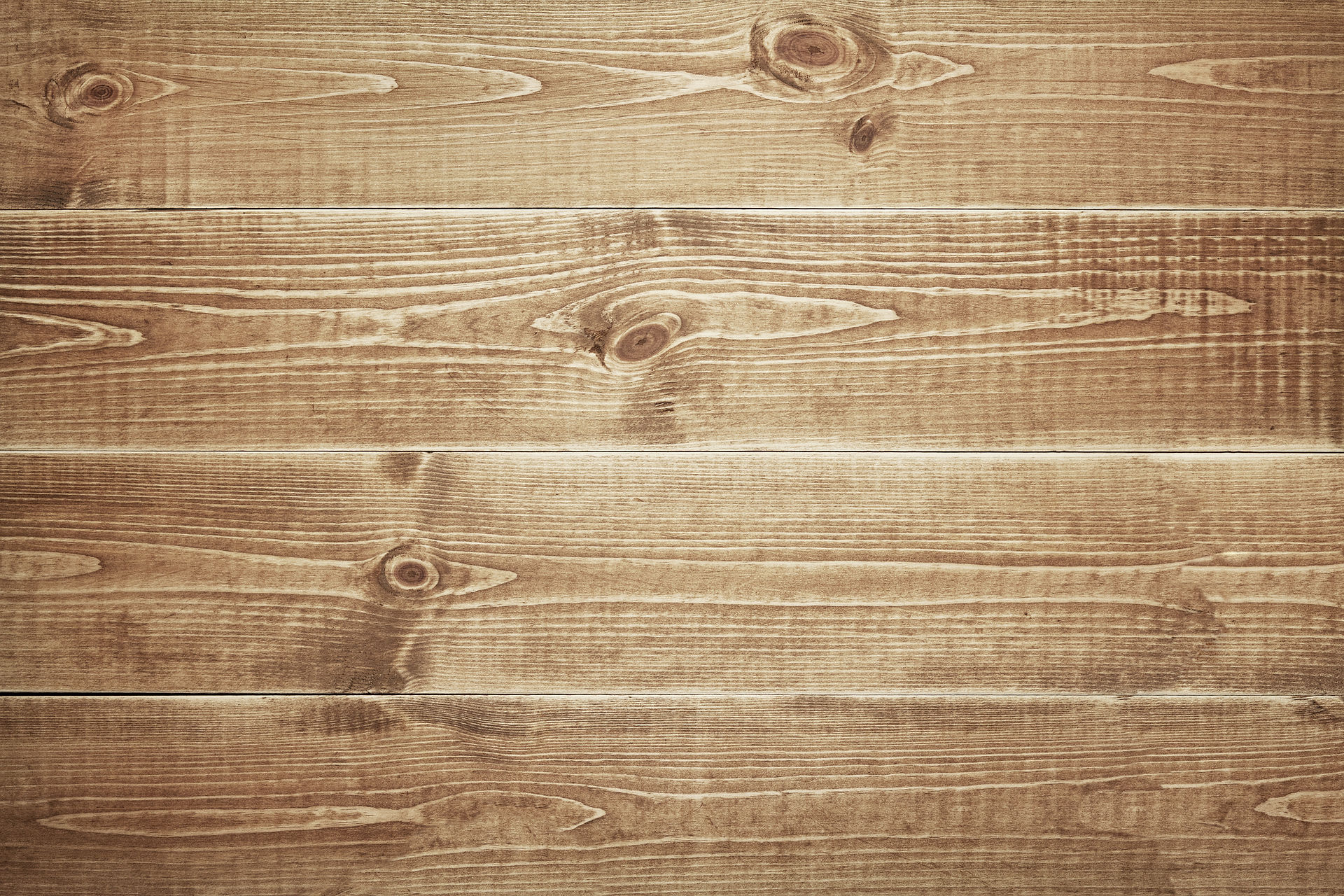
Kara Krichman
Dramaturgy
AugusT: Osage County
Cheyenne Culture
In Native American culture, there is a saying that “we are all related”; they believe all things live in relationship to one another. While non-indigenous American’s believe in the importance of immediate family, Cheyenne’s appreciate the immediate family but do not neglect the unity of the tribe as a whole. Native American’s and specifically the Cheyenne tribe value living in harmony with the earth and respecting elders. They were a very religious and ceremonial tribe; although this tribe was constantly on the move, they would build houses specifically for ceremonial practices. The Cheyenne tribe was known as the ‘Warriors of the Plains’; they were primarily buffalo hunters and did not have permanent dwellings. Cheyenne children were taught from an early age how to cook, clean, hunt, fish, and assemble and dissemble teepees quickly. Beading was an important art form for the Cheyenne tribe because necklaces could be easily without the risk of breaking during travel.
The Cheyenne tribes of today are recognized as two federally recognized Nations: the Southern Cheyenne, who are enrolled in the Cheyenne and Arapaho Tribes in Oklahoma, and the Northern Cheyenne who are enrolled in the Northern Cheyenne Tribe of the Northern Cheyenne Indian Reservation in Montana.
Native American Healing Traditions
Ceremonies, songs, prayers, music, and dance play an important part in the well being of the Cheyenne Tribe and considered a form of healing. Native American healing practices vary from tribe to tribe, however there are shared health beliefs and intervention strategies that embrace ‘bio-psycho-socio-spiritual’ approaches and traditions. Presently, younger generations of Native Americans do not utilize these traditional practices and are abandoning tradition. Diabetes, which was once unheard of among tribes, runs rampant through various Native American tribes due to the integration of American culture of peoples. Today, it is common for allopathic medications and traditional Native American forms of healing to be combined to treat tribe members. Because Native Americans believe so deeply in the sense of community, they wish to include family and community into understand medicinal treatment plans in hopes to decrease the feeling of isolation often found in allopathic care.
“In Native American culture, there is a say that ‘we are all related; all things live in relationship to one another. Living in harmony with the earth and our environs has meaning and purpose, not only for use but the whole- the earth, its peoples, and all that it is.’ When we engage in health promotion by ‘walking in beauty,’ we all win.” (Koithan)

